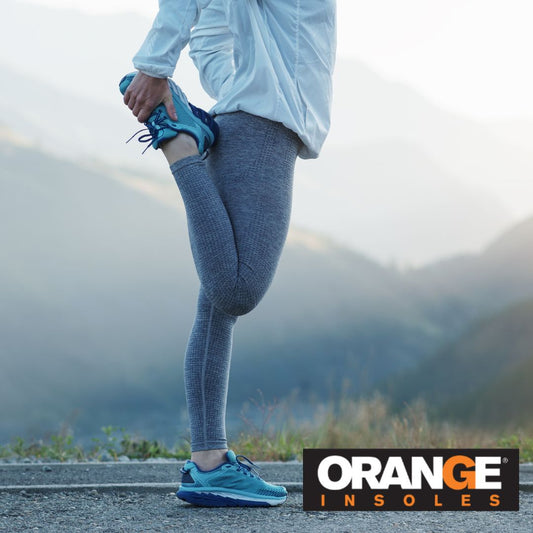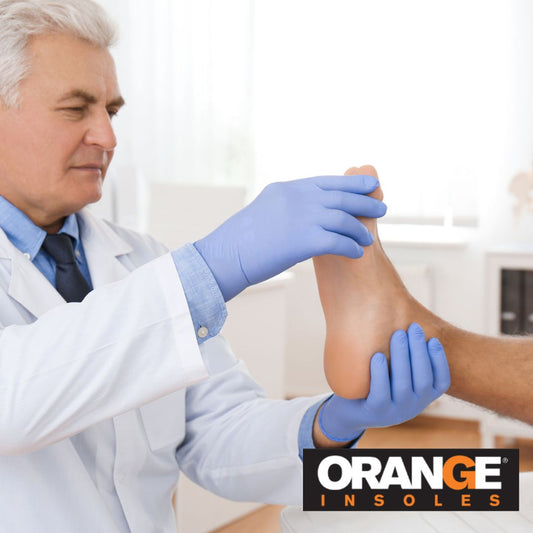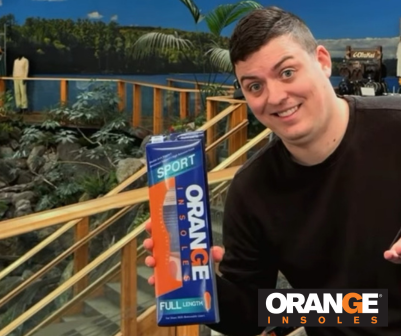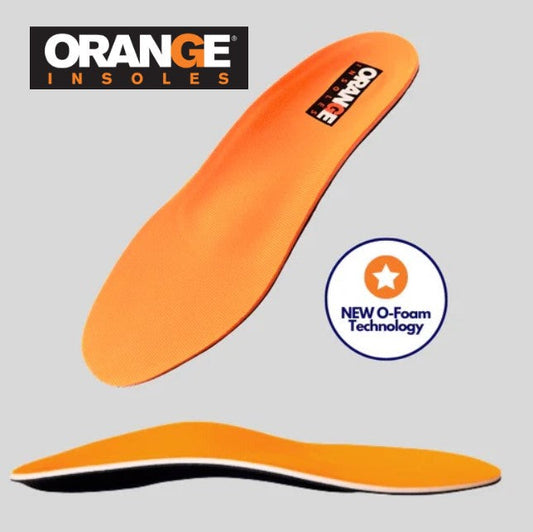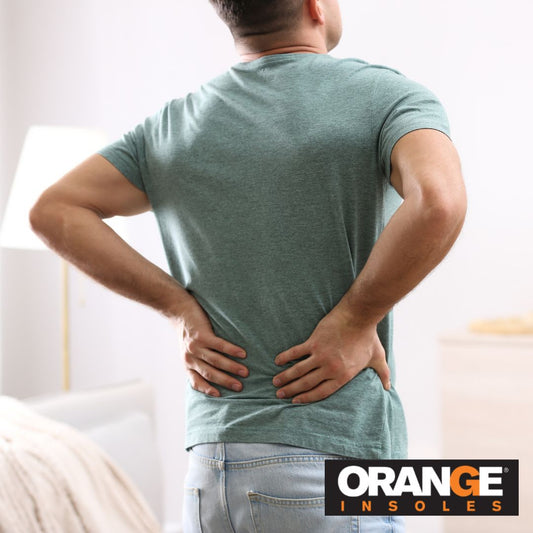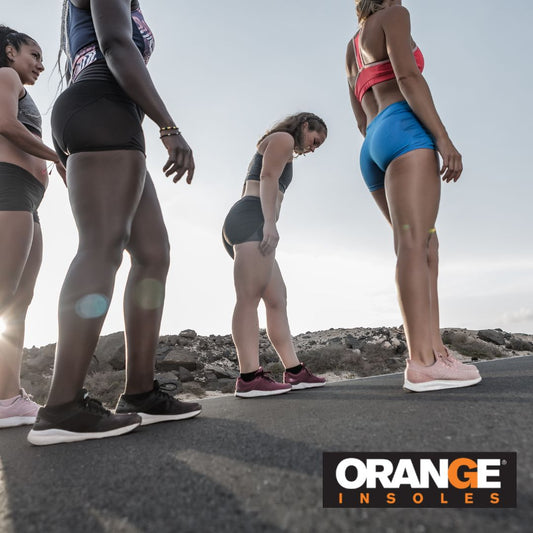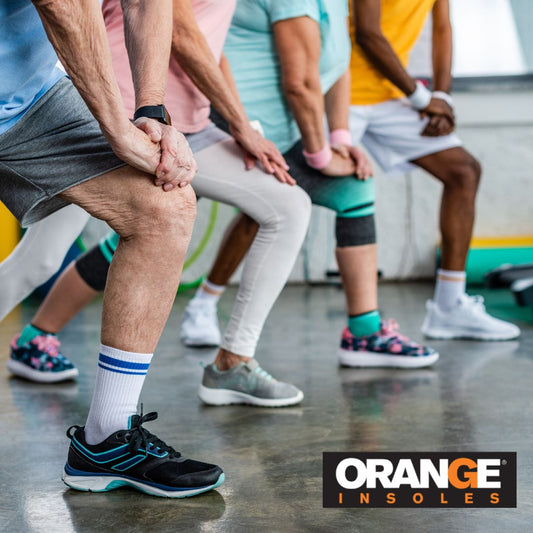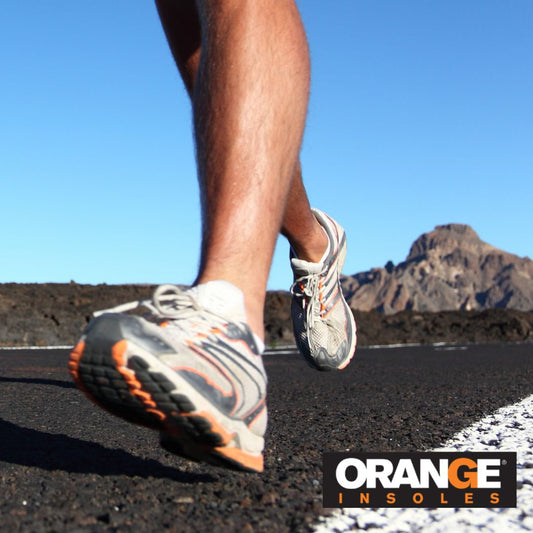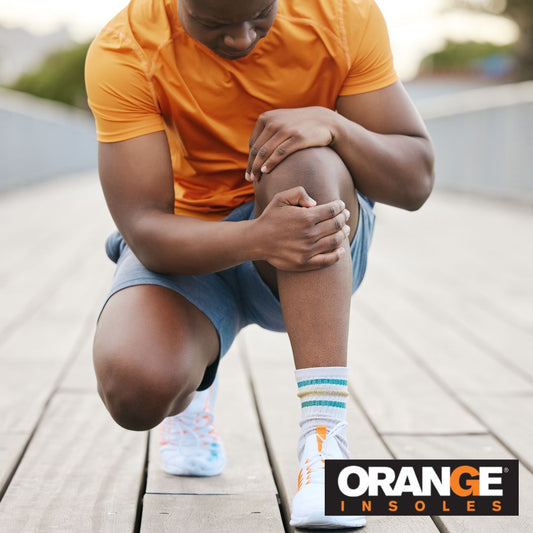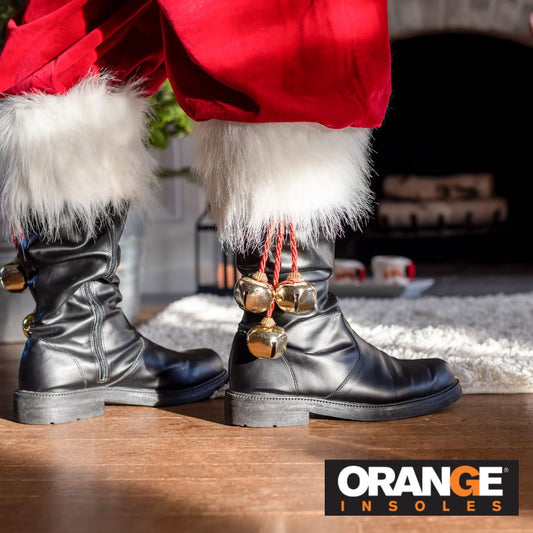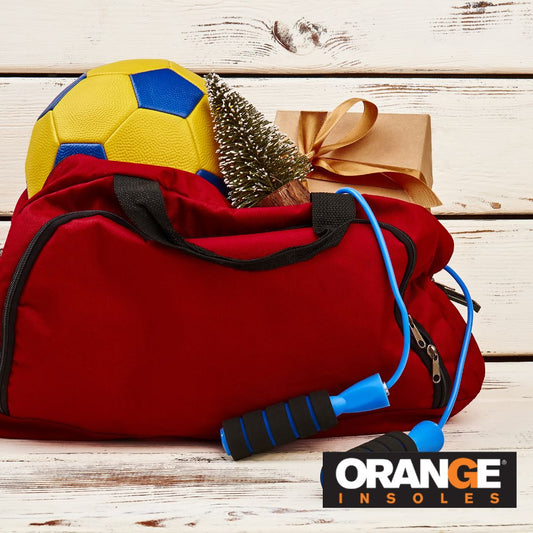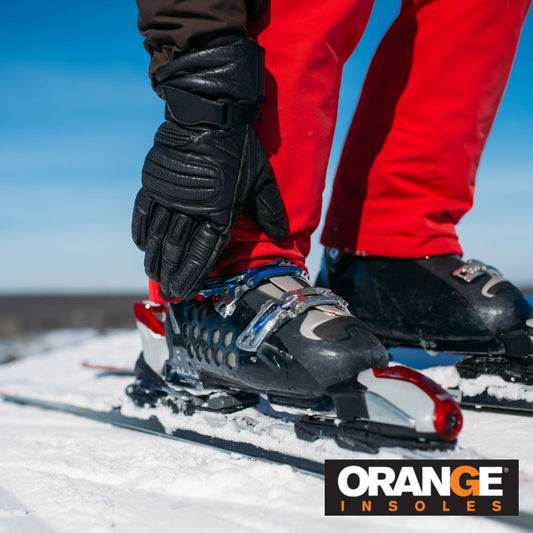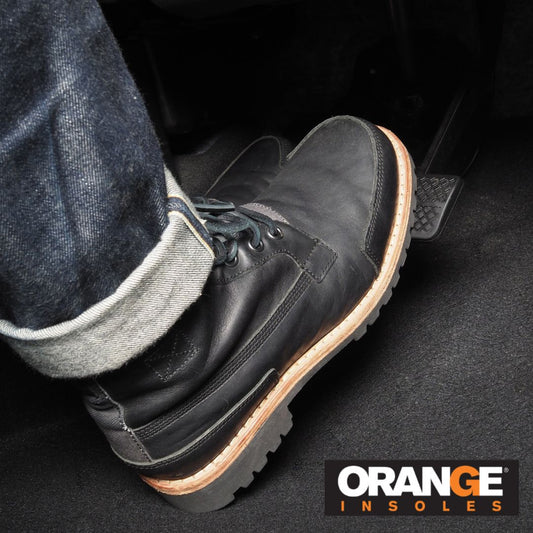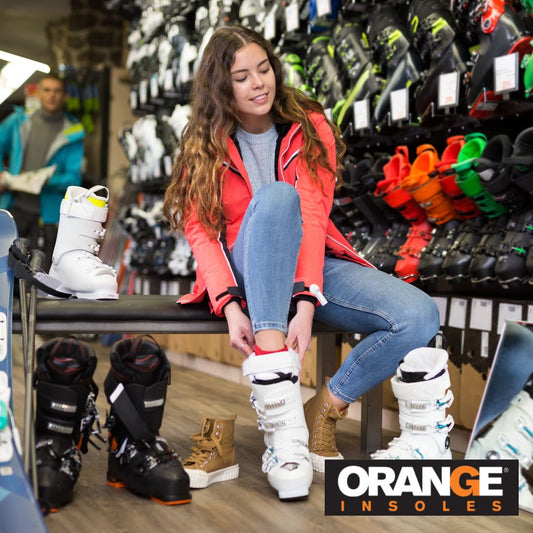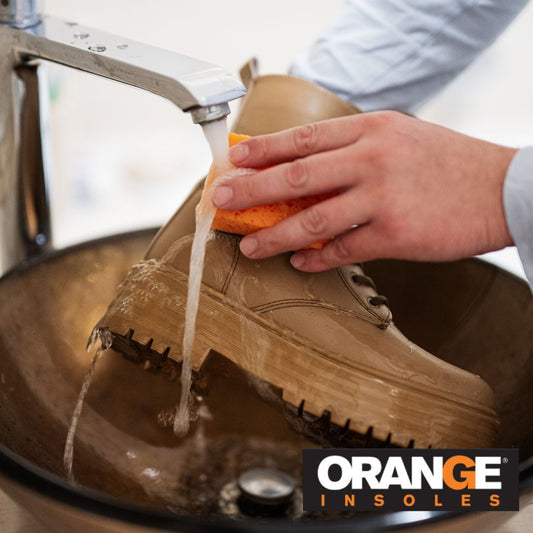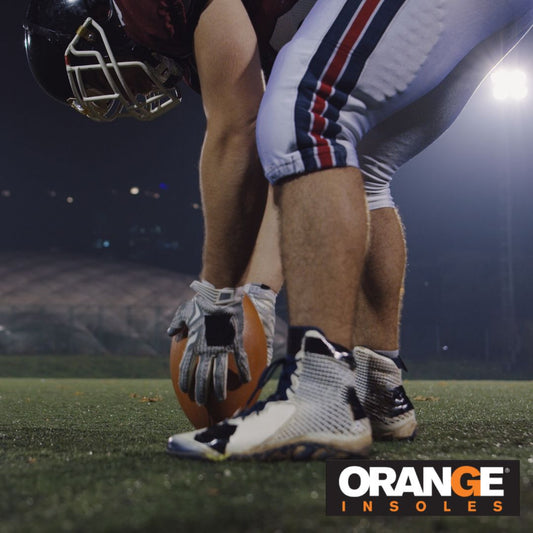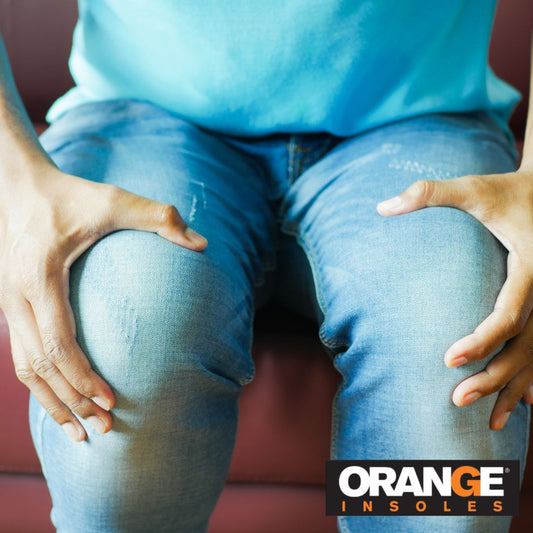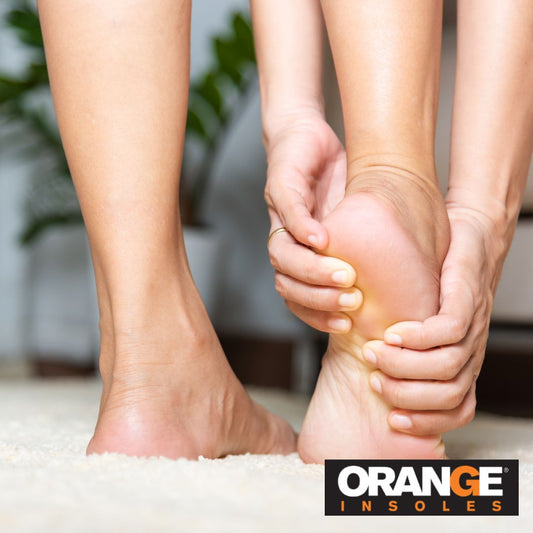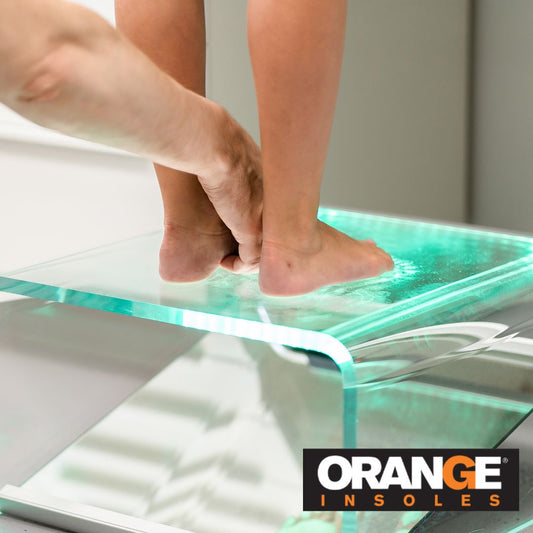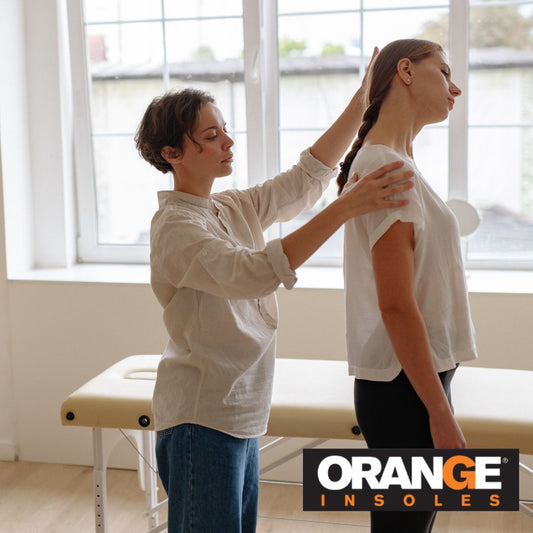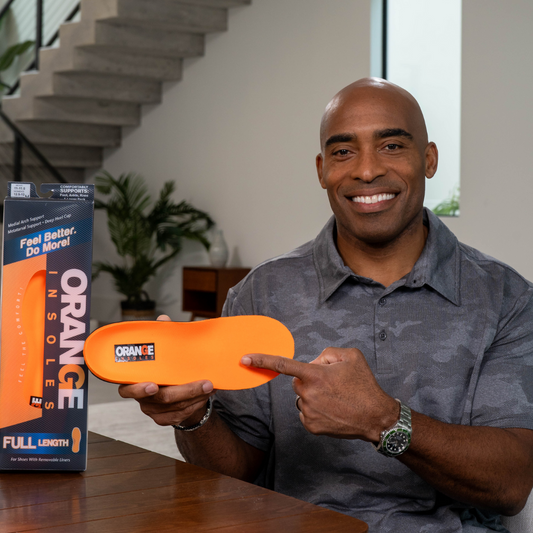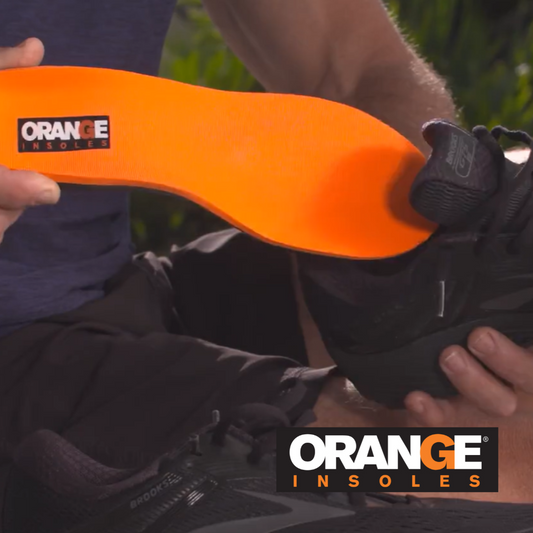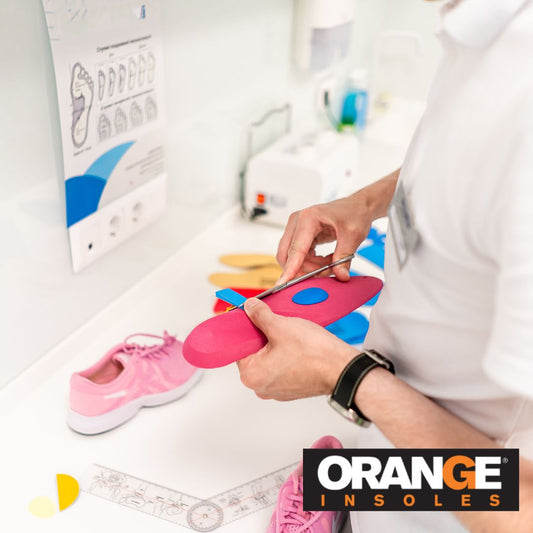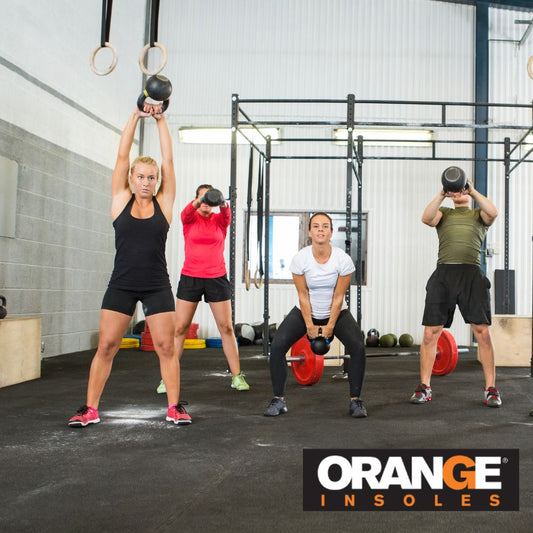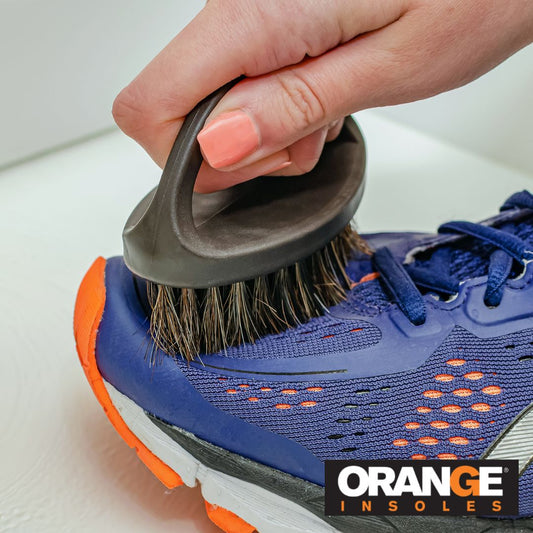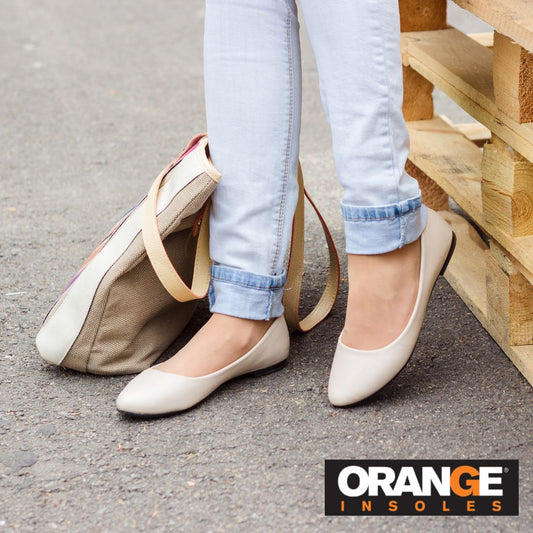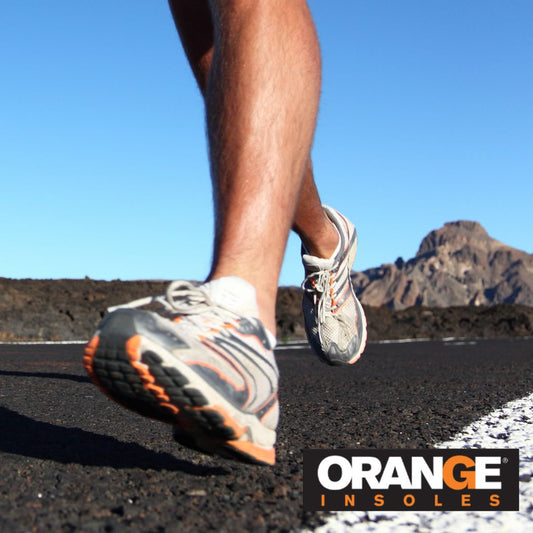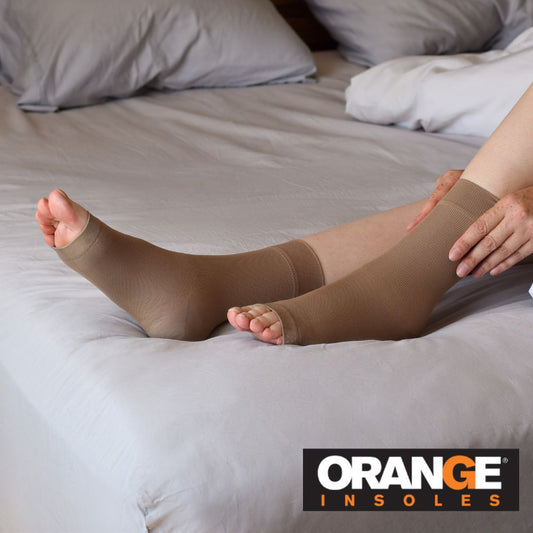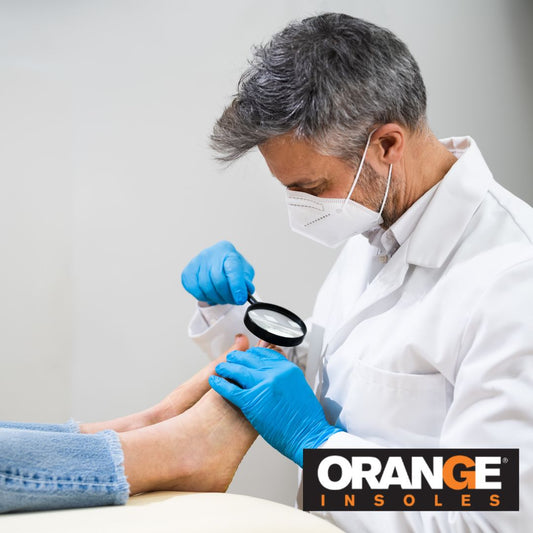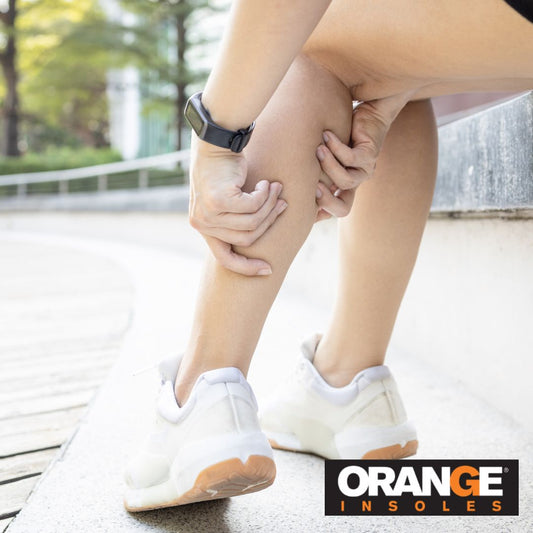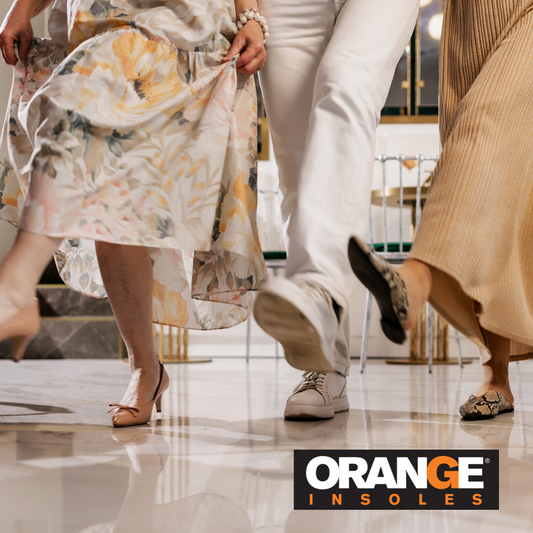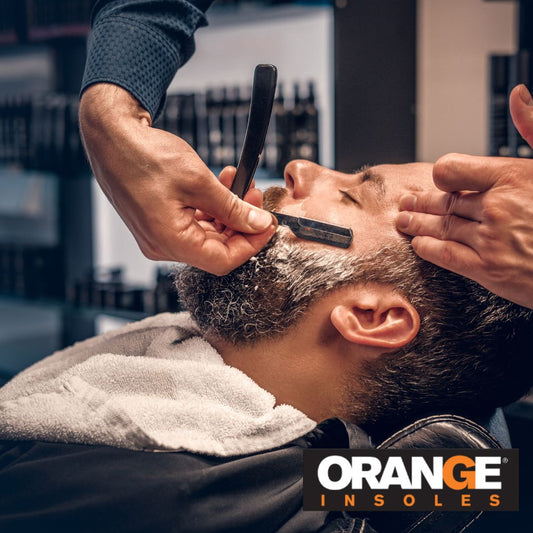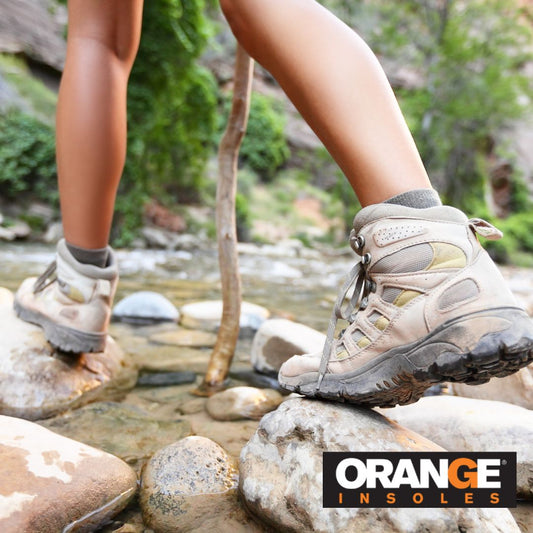When it comes to running, having the right shoes can make all the difference. Among the various features modern running shoes offer, guiderails have emerged as an important innovation designed to enhance stability and support. But what exactly are guiderails, and how can they benefit you?
Understanding Guiderails
Guiderails are support structures built into the midsole of running shoes, designed to provide stability and guidance to your feet during movement. Unlike traditional stability shoes that focus on controlling pronation through medial posts or dense foam inserts, guiderails offer a more holistic approach. They work by guiding your feet and body back into proper alignment, rather than forcing them into a rigid position.
“The concept of guiderails is utilized by various running shoe brands, but it's worth noting that specific implementations can be trademarked. For instance, Brooks Running features a proprietary Guiderails® technology in their shoes. This trademarked term refers to their unique approach to stability and support, designed to guide your feet and reduce excessive movements that could lead to injury.”
Guiderails typically consist of firm, yet flexible, materials placed on both the lateral (outside) and medial (inside) sides of the shoe. These structures act like bumpers, helping to keep your feet aligned and reducing excessive movements that could lead to injury. This design supports the natural motion of your feet while offering just the right amount of correction.
The Benefits of Guiderails
- Enhanced Stability: One of the primary benefits of guiderails is the enhanced stability they provide. By preventing excessive inward or outward rolling of the foot, guiderails help maintain proper alignment, which is crucial for reducing the risk of common running injuries such as shin splints, knee pain, and plantar fasciitis.
- Comfort: Unlike some stability features that can feel intrusive or uncomfortable, guiderails offer a more natural and comfortable running experience. They provide support without restricting your foot's natural movement, making them ideal for long runs or everyday training.
- Injury Prevention: Guiderails help in distributing the impact forces more evenly across your feet, reducing the strain on specific areas such as the knees and hips. This can be particularly beneficial for runners with a history of injuries or those looking to prevent them.
- Adaptability: Another advantage of guiderails is their adaptability to different running styles and foot types. Whether you are an overpronator, underpronator, or have a neutral stride, guiderails can provide the necessary support to keep you running smoothly.
Who Should Consider Guiderails?
Guiderails are suitable for a wide range of runners, from beginners to seasoned athletes. They can be particularly beneficial if you:
- Experience frequent injuries: If you often suffer from running-related injuries, guiderails can offer the additional support needed to reduce strain on your joints and muscles.
- Have flat feet or high arches: Guiderails can help in maintaining proper alignment and providing stability, regardless of your foot type.
- Run on uneven terrain: If you frequently run on trails or uneven surfaces, guiderails can enhance stability and prevent ankle rolls or other injuries.
What about walking shoes?
Walking shoes can benefit from guiderails, but their necessity depends on the individual's needs and walking style. While guiderails are primarily marketed for running shoes due to the high impact and dynamic movements involved in running, they can also provide valuable support and stability for walkers.
Read more: Running Shoes, Walking Shoes, and Support
Can You Still Add Insoles to Shoes with Guiderails?
While guiderails provide excellent stability and support, adding insoles to your running shoes can further enhance comfort and performance. Insoles are designed to offer additional arch support, cushioning, and shock absorption. Here’s how insoles can complement guiderails in your running shoes:
- Improved Alignment: Insoles can help maintain proper foot alignment, working in tandem with guiderails to reduce excessive pronation or supination. This combination can be particularly beneficial for runners with specific foot issues.
- Enhanced Cushioning: High-quality insoles provide extra cushioning, which can help absorb impact forces and reduce strain on your feet and joints. This is especially useful for long-distance runners or those who frequently run on hard surfaces.
- Customized Fit: Insoles can offer a more customized fit, addressing specific needs such as high arches or flat feet. By filling in gaps and providing targeted support, insoles can make your running shoes feel more comfortable and supportive.
- Durability and Longevity: Adding insoles to your running shoes can also help extend their lifespan. Insoles can absorb some of the wear and tear, keeping your shoes in better condition for a longer period. If you’re investing in a good pair of shoes, you want to make the most out of that investment by extending the lifespan of your shoes.
Tips for Using Insoles with Guiderails
- Choose the Right Type: Depending on your needs, select insoles that offer the right balance of support and cushioning. Orange Insoles, for example, come in different styles such as the Orange Full, Orange ¾, and Orange Light, catering to various preferences and shoe types.
- Ensure Proper Fit: Make sure your insoles fit well within your running shoes. They should not cause any discomfort or alter the shoe’s fit negatively. Trim the insoles if necessary to achieve the perfect fit.
- Gradual Adjustment: If you’re new to using insoles, give your feet some time to adjust. Start by wearing them for shorter runs and gradually increase the duration as your feet get accustomed to the added support.
Guiderails are a valuable feature in modern running shoes, offering enhanced stability, comfort, and injury prevention. By guiding your feet and body into proper alignment, they help you run more efficiently and safely. For those looking to further enhance their running experience, incorporating insoles can provide additional support and cushioning, making every run more comfortable.
So, next time you’re in the market for running shoes, consider trying a pair with guiderails and see the difference they can make in your performance and comfort.







